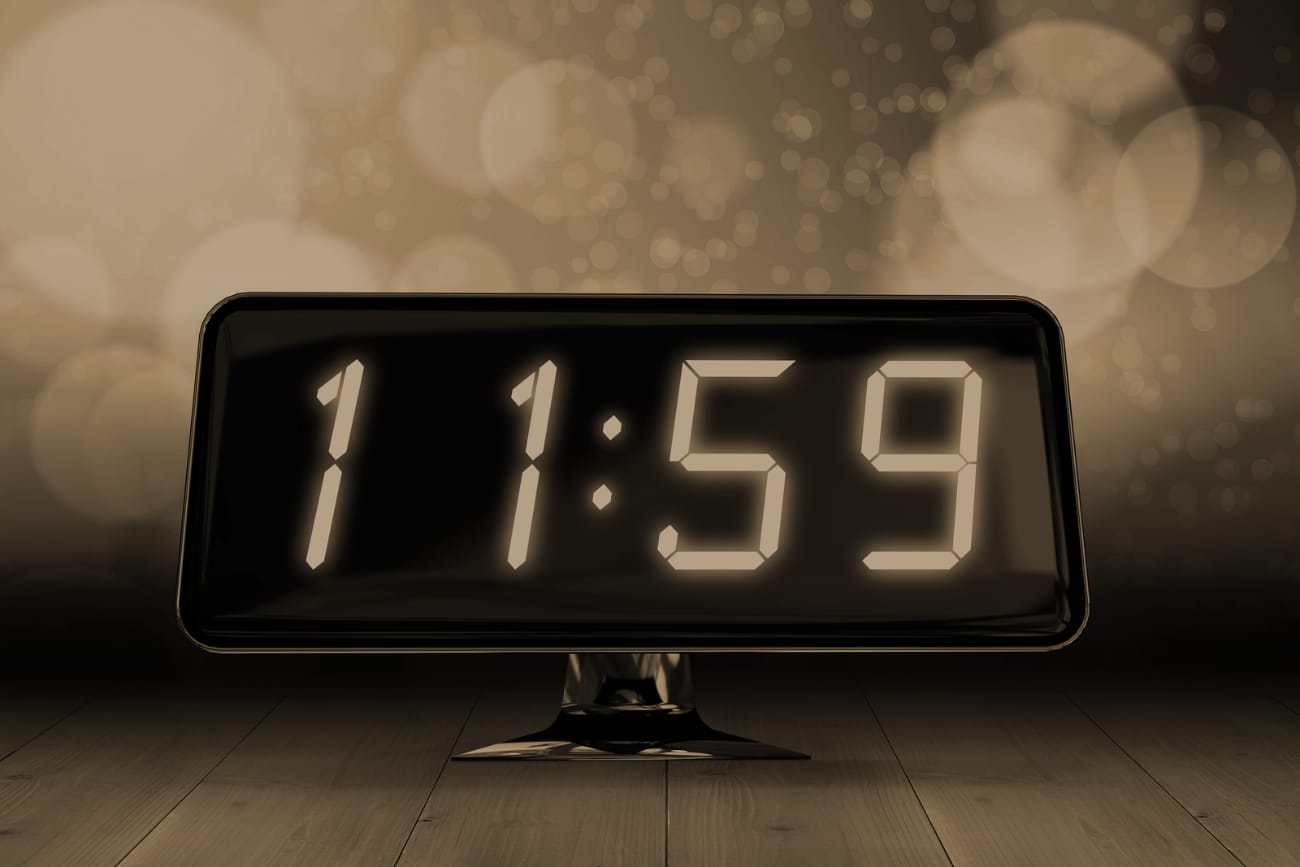Ever wondered why your morning alarm says “7:00 AM” instead of just “7:00”? Or why dinner plans at “7:00” require that crucial “PM” clarification? Those two little letters hold more history than you might think—and yes, there’s Latin involved.
The Ancient Time Conspiracy
Picture this: You’re an ancient Egyptian, and you’ve just invented the sundial. Congratulations! But there’s a problem—your fancy shadow-clock only works when there’s, well, sun. What about nighttime?
The clever Egyptians and Mesopotamians solved this by splitting the day into two neat 12-hour chunks. Why 12? Blame it on their obsession with the number—it divides nicely by 2, 3, 4, and 6, making mental math way easier when you don’t have a smartphone calculator.
Fast forward to the Romans, who loved slapping Latin names on everything. They looked at this system and declared:
- AM = Ante Meridiem (before midday)
- PM = Post Meridiem (after midday)
“Meridiem” refers to the sun’s highest point in the sky—noon. So essentially, we’re all walking around using ancient Roman GPS coordinates for time.
The Noon and Midnight Identity Crisis
Here’s where it gets weird. What exactly is 12:00 PM? If PM means “after noon,” how can noon itself be after noon? It’s the temporal equivalent of asking if a tomato is a fruit or vegetable—technically correct answers exist, but everyone still argues about it.
The confusion is so real that many style guides recommend just saying “noon” or “midnight” instead of using AM/PM at all. Airlines and hospitals often use “11:59 PM” or “12:01 AM” just to avoid the whole mess. Smart move.
Fun fact: Some medieval monasteries used “12:00 M” for noon (M for Meridiem) and tried to make that a thing. Spoiler alert: it didn’t catch on.
The Great Clock Wars: 12-Hour vs. 24-Hour
While Americans clutch their AM/PM system like it’s constitutional, most of the world has moved on to the 24-hour clock. It’s like the metric system debate all over again.
The 24-hour clock eliminates confusion entirely. No more “Wait, is that 8 in the morning or evening?” moments. Military personnel call it “military time,” but really, it’s just “the rest of the world time.”
Quick Translation Guide for the Time-Curious:
- Morning hours (1 AM – 11:59 AM): Just remove the AM
- Afternoon/Evening (1 PM – 11:59 PM): Add 12 to the hour
- Midnight: 00:00 (or 24:00 if you’re feeling dramatic)
- Noon: 12:00 (the one time both systems agree)
Why We’re Stuck with AM/PM (At Least in Some Places)
The 12-hour clock persists for surprisingly human reasons:
- Analog watches only have 12 numbers – Imagine trying to squeeze 24 tiny numbers on your wristwatch. Your optometrist would thank you for the business.
- It mirrors our daily rhythm – We naturally think in terms of “morning” and “afternoon/evening.” The 12-hour system matches how we actually experience the day.
- Tradition is powerful – Changing how millions of people tell time is like trying to get everyone to drive on the opposite side of the road. Technically possible, practically chaotic.
The Quirky Geography of Time
The AM/PM system creates a fascinating map of cultural influence:
- Team AM/PM: USA, Canada, Australia, India, Philippines, Egypt, Saudi Arabia (basically, places with strong historical ties to the British Empire)
- Team 24-Hour: Most of Europe, China, military organizations worldwide, and anyone who’s tired of appointment confusion
India gets special mention for maximum chaos—they use both systems interchangeably, keeping everyone on their toes.
Will AM and PM Survive the Digital Age?
As our phones seamlessly switch between time formats and international Zoom calls become the norm, the AM/PM system faces an existential crisis. Digital devices don’t care about tradition—they just want precision.
Yet something about “See you at 3 PM” feels more human than “See you at 15:00.” Maybe it’s the connection to those ancient sundial makers, or maybe we just like our time served in bite-sized 12-hour portions.
The Bottom Line
Those two letters on your clock represent a 4,000-year journey from Mesopotamian sundials through Roman Latin to your smartphone screen. AM and PM are linguistic fossils—ancient Latin preserved in amber, telling us not just what time it is, but reminding us of humanity’s long quest to organize chaos into neat, 12-hour boxes.
Next time you set your alarm for 6 AM, remember: you’re participating in a tradition older than most modern languages, using words Julius Caesar would recognize, all because some ancient mathematician really liked the number 12.
And if someone asks whether midnight is 12 AM or PM? Just smile mysteriously and say, “It’s neither—it’s the witching hour.” They probably won’t ask again.
